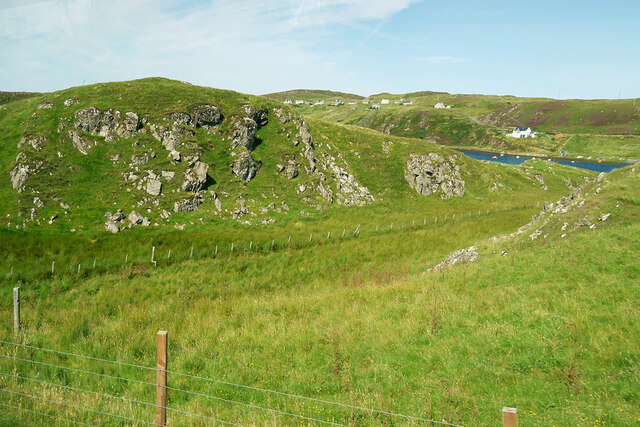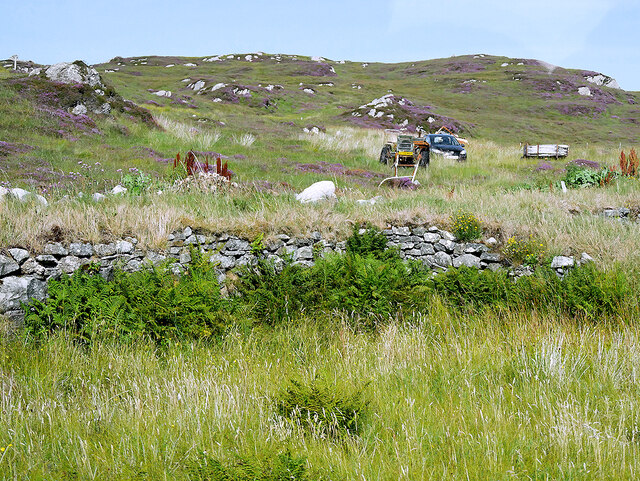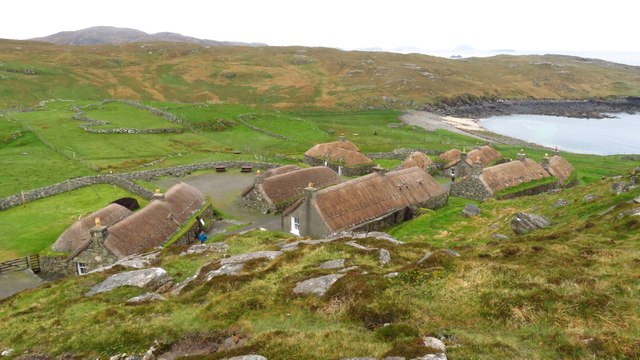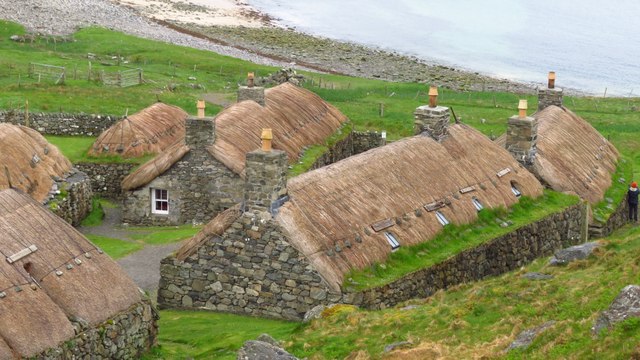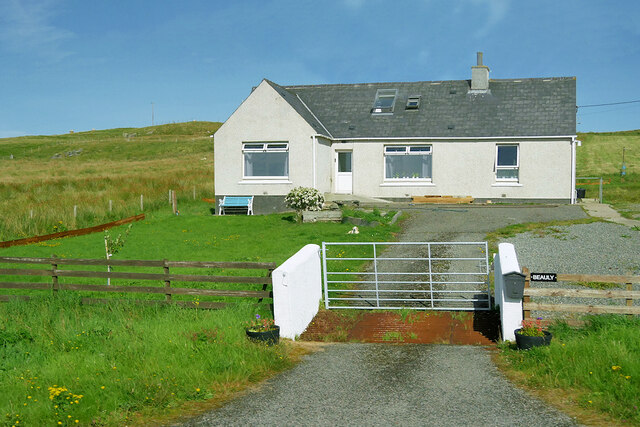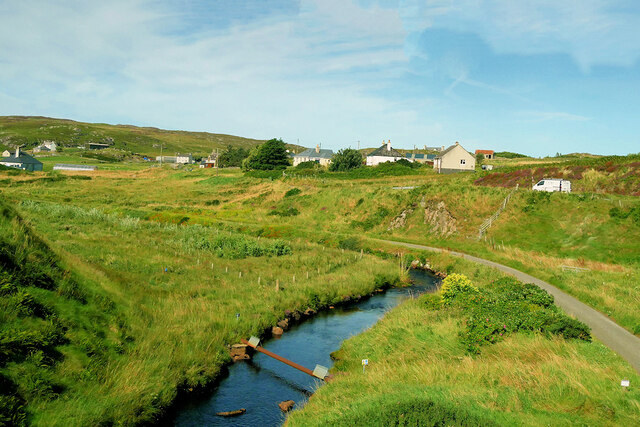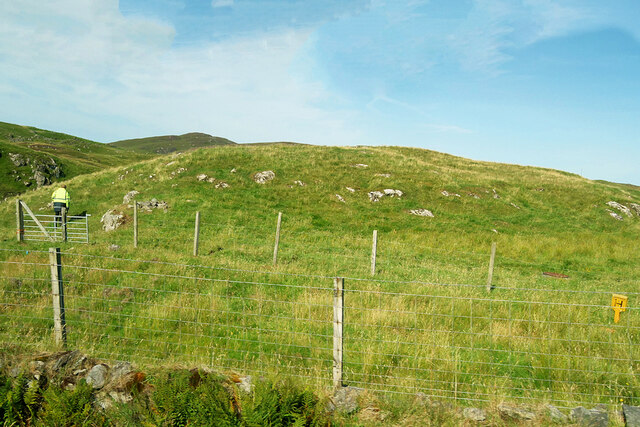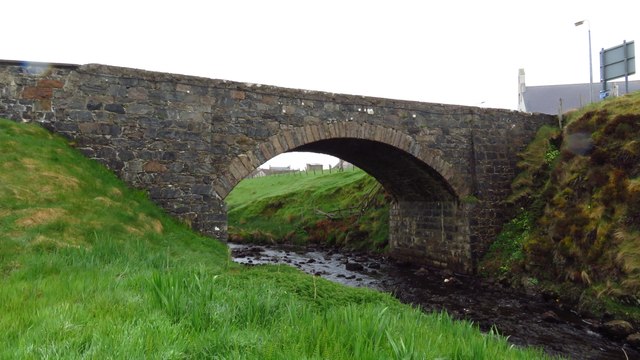Cnoc Rainich
Hill, Mountain in Ross-shire
Scotland
Cnoc Rainich

Cnoc Rainich is a prominent hill located in Ross-shire, Scotland. Situated in the northwest Highlands, it forms part of the rugged and picturesque landscape of the region. The hill is known for its distinctive shape and geological features, making it a popular destination for outdoor enthusiasts and nature lovers.
Standing at an elevation of approximately 2,500 feet (762 meters), Cnoc Rainich offers breathtaking panoramic views of the surrounding countryside. Its summit provides an excellent vantage point to observe the diverse flora and fauna that inhabit the area. The hill is covered in heather, grasses, and scattered rocky outcrops, creating a striking contrast against the backdrop of the Scottish Highlands.
Cnoc Rainich is accessible via various trails and paths, enabling visitors to explore its slopes and reach the summit. The hill is often frequented by hikers, walkers, and climbers who are attracted to its challenging terrain and rewarding views. The surrounding area also offers opportunities for birdwatching and wildlife spotting, with species such as red deer, golden eagles, and ptarmigans known to inhabit the region.
In addition to its natural beauty, Cnoc Rainich holds historical significance. It is believed to have been used as a lookout point during ancient times, providing a strategic advantage for observing the surrounding landscape. The hill's name, Cnoc Rainich, is derived from Scottish Gaelic and translates to "fern hill," referencing the presence of ferns in the area.
Overall, Cnoc Rainich is a remarkable hill in Ross-shire that offers a captivating blend of natural beauty, outdoor activities, and historical significance. It continues to attract visitors from near and far, providing them with an unforgettable experience in the heart of the Scottish Highlands.
If you have any feedback on the listing, please let us know in the comments section below.
Cnoc Rainich Images
Images are sourced within 2km of 58.285663/-6.7812702 or Grid Reference NB1942. Thanks to Geograph Open Source API. All images are credited.
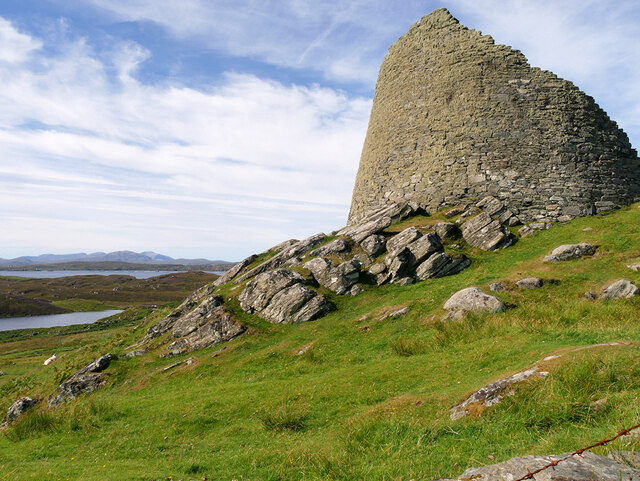
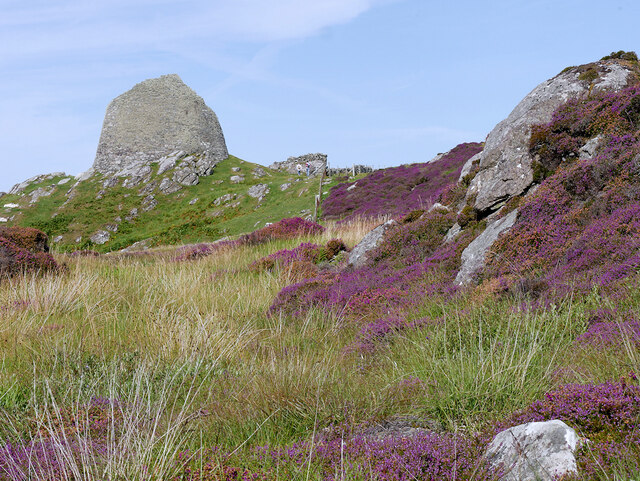
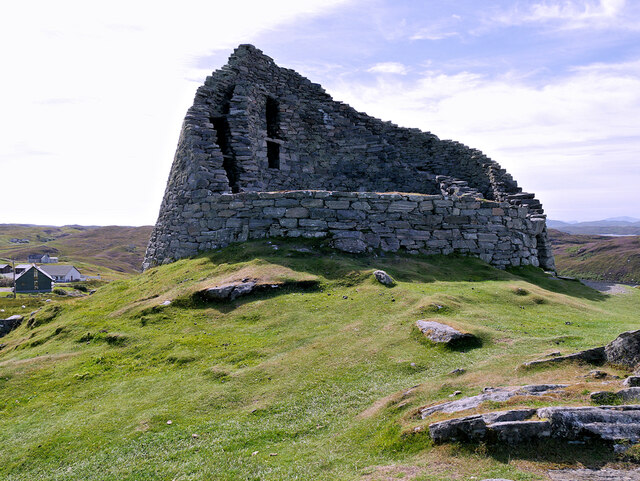
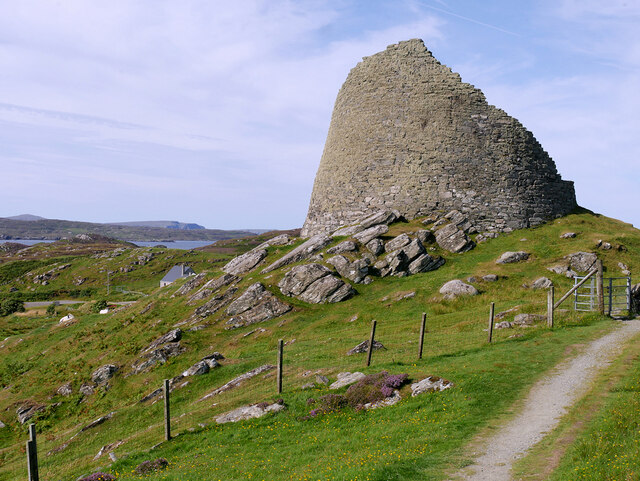
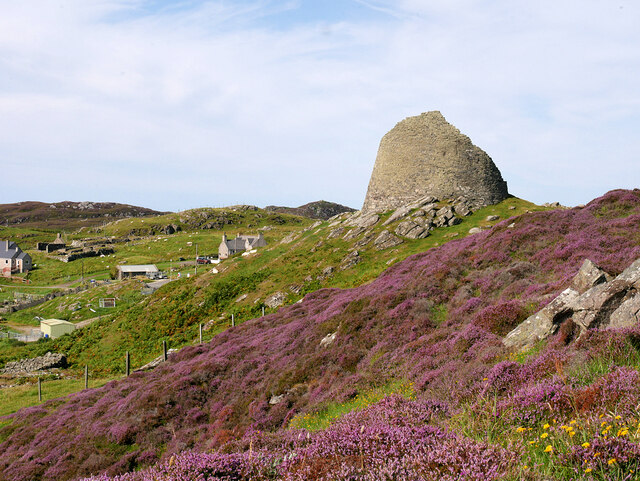
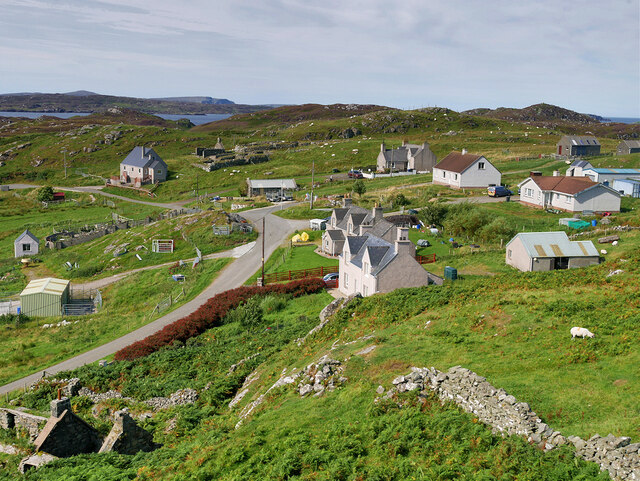
Cnoc Rainich is located at Grid Ref: NB1942 (Lat: 58.285663, Lng: -6.7812702)
Unitary Authority: Na h-Eileanan an Iar
Police Authority: Highlands and Islands
What 3 Words
///crops.geologist.musical. Near Carloway, Na h-Eileanan Siar
Nearby Locations
Related Wikis
Borrowston, Lewis
Borrowston (Scottish Gaelic: Borghastan), with a population of about 50, is a crofting township situated on the Isle of Lewis, on the Outer Hebrides of...
Carloway
Carloway (Scottish Gaelic: Càrlabhagh [ˈkʰaːɾɫ̪ə.ɤː]) is a crofting township and a district on the west coast of the Isle of Lewis, in the Outer Hebrides...
Garenin
Garenin (Scottish Gaelic: Na Gearrannan) is a crofting township on the west coast of the Isle of Lewis in the Outer Hebrides of Scotland. Garenin is in...
Dun Carloway
Dun Carloway (Scottish Gaelic: Dùn Chàrlabhaigh) is a broch situated in the district of Carloway, on the west coast of the Isle of Lewis, Scotland (grid...
Nearby Amenities
Located within 500m of 58.285663,-6.7812702Have you been to Cnoc Rainich?
Leave your review of Cnoc Rainich below (or comments, questions and feedback).
